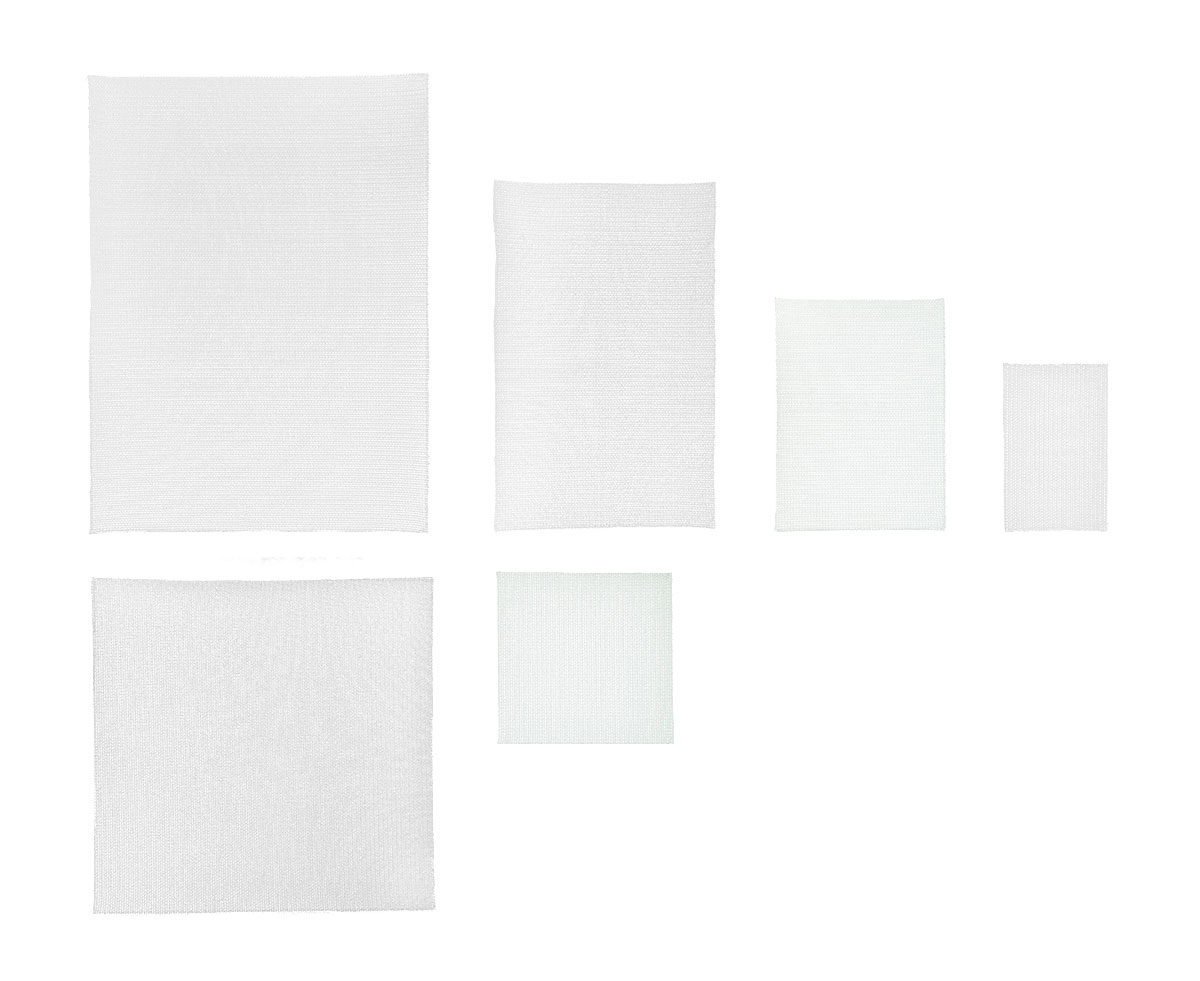What is the indication for ProGrip™ self-gripping polypropylene mesh?
For PP1208DR, PP1208DL, and PP1509G: ProGrip™ self-gripping polypropylene mesh is intended for use in reinforcement of abdominal wall soft tissue where weakness exists, in procedures involving inguinal hernia repair via anterior tension-free approach.
For PP1515G, PP2015G, PP3020G, PP3030G, PP4030G: ProGrip™ self-gripping polypropylene mesh is intended for use in reinforcement of abdominal wall soft tissue where weakness exists, in procedures involving inguinal and ventral hernia repair by open approach.
Can ProGrip™ self-gripping polypropylene mesh be implanted in the intraperitoneal space?
No. Do not place the mesh in direct contact with the viscera. Direct contact with the viscera may lead to risks of adhesions, fistula formation, and bowel obstruction. Do not implant the mesh in an intraperitoneal position.
Are the grips on ProGrip™ self-gripping polypropylene mesh permanent or resorbable?
The polylactic acid (PLA) grips are bioresorbable. Over time, they resorb in vivo by hydrolysis and are metabolized by the body into CO₂ and H₂O.25
Are the grips on ProGrip™ self-gripping polypropylene mesh for open ventral procedures the same material as those on the large sizes of ProGrip™ self-gripping polyester mesh?
Yes, the grips are both made with polylactic acid (PLA). Preclinical studies showed that the PLA material is essentially resorbed in 36 to 50 months post-implantation. However, the resorption period depends on numerous factors, including patient-related factors.25
Is the mesh folded in the packaging?
In the packaging, whether the mesh is folded depends on its size. Only the 20 × 15 cm and the 40 × 30 cm mesh sizes are folded.
What direction should the grips be facing when the mesh is placed?
The direction the grips should face depends on what technique is used and where the mesh is placed during the procedure:
- Onlay = Grips down
- Retromuscular = Grips up or down
- Preperitoneal = Grips up
Can the mesh be trimmed?
Yes. Trimming ProGrip™ self-gripping polypropylene mesh will not impact its mechanical characteristics.¶,##,12



